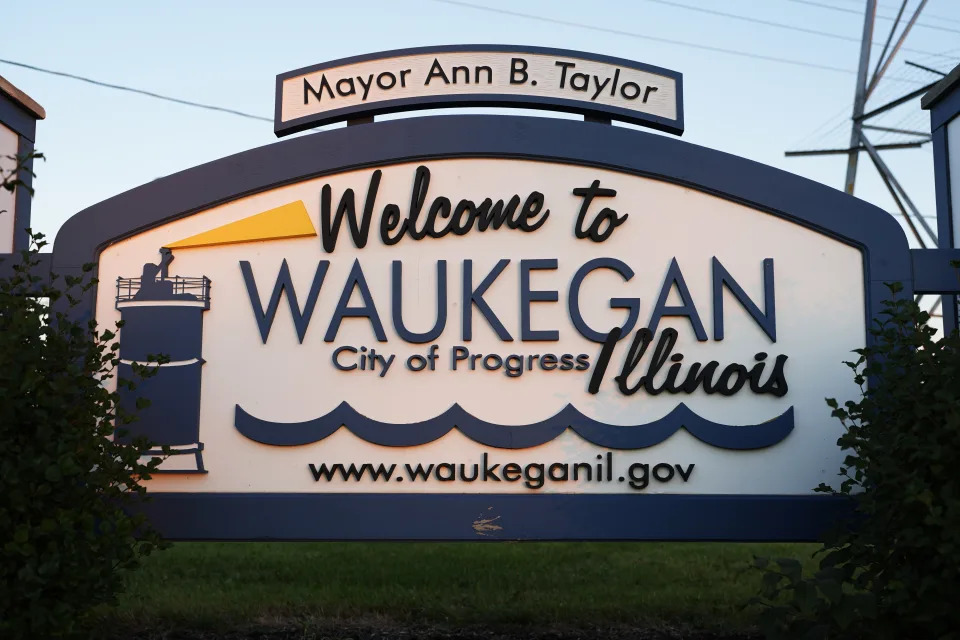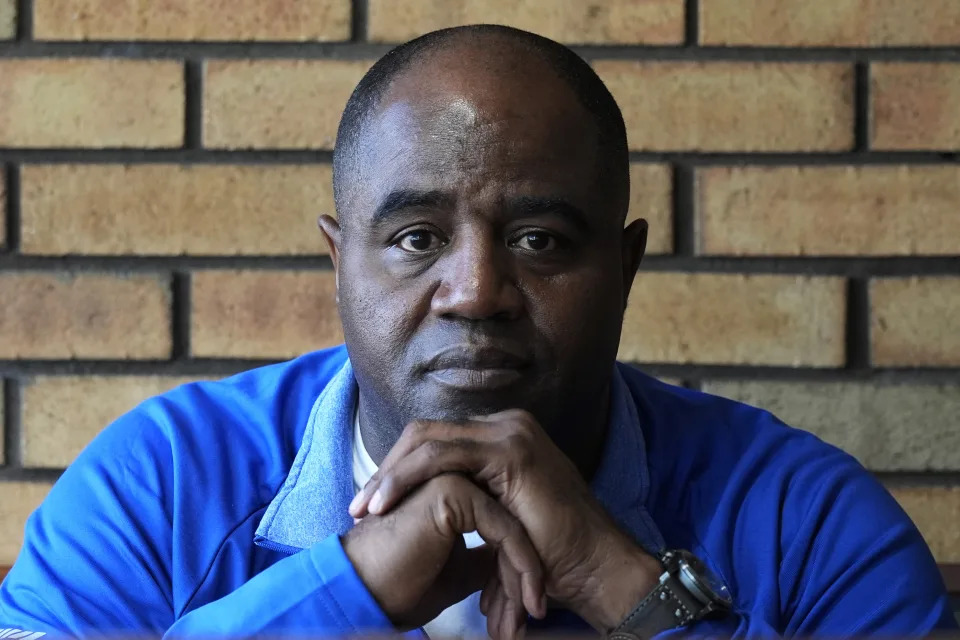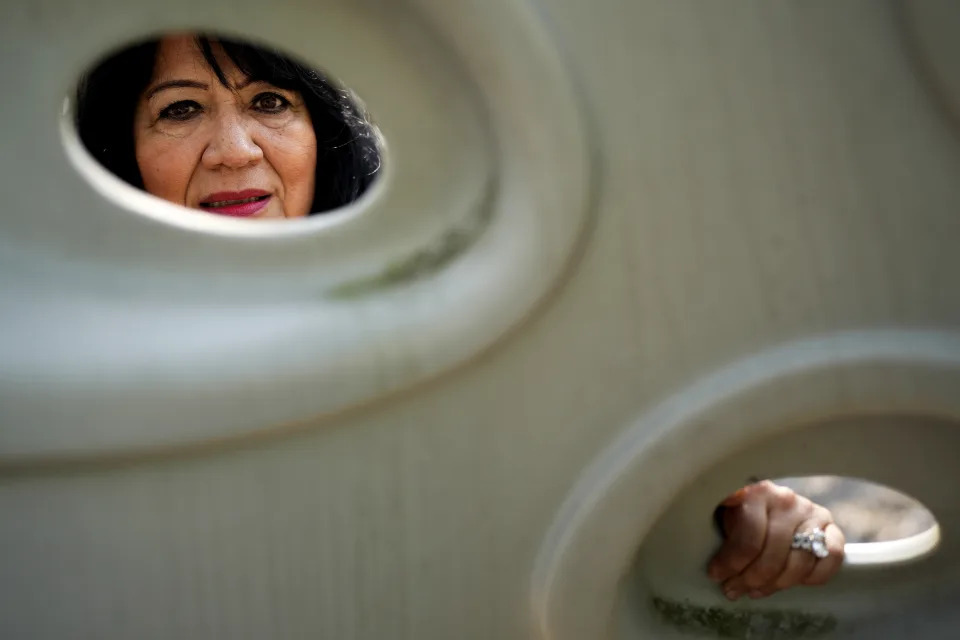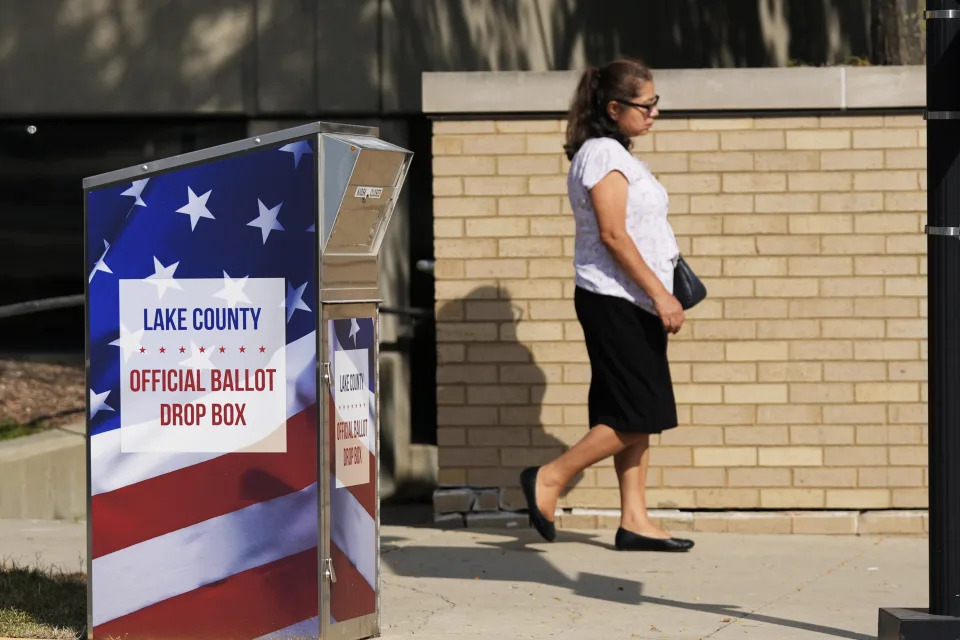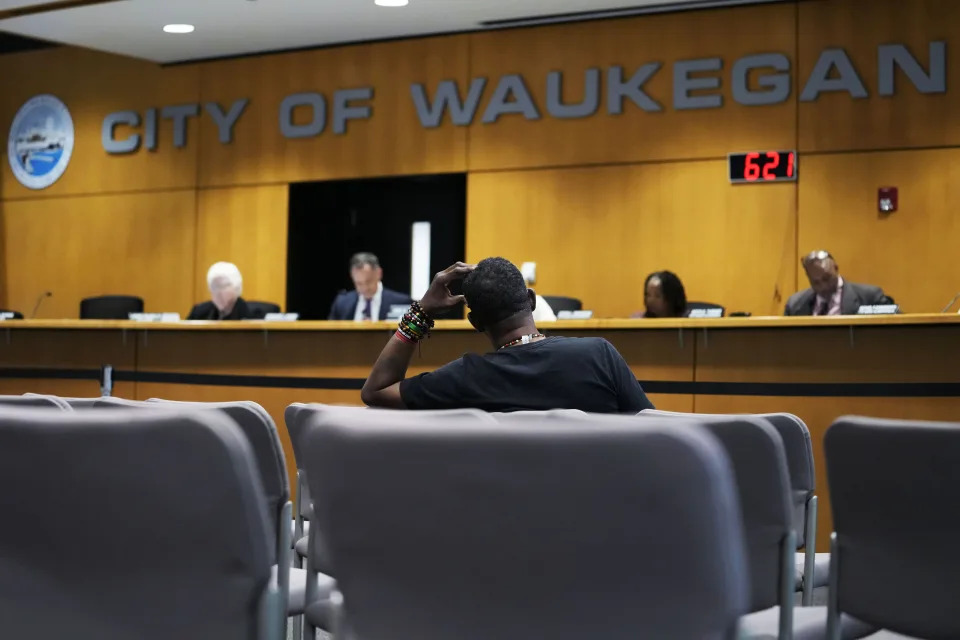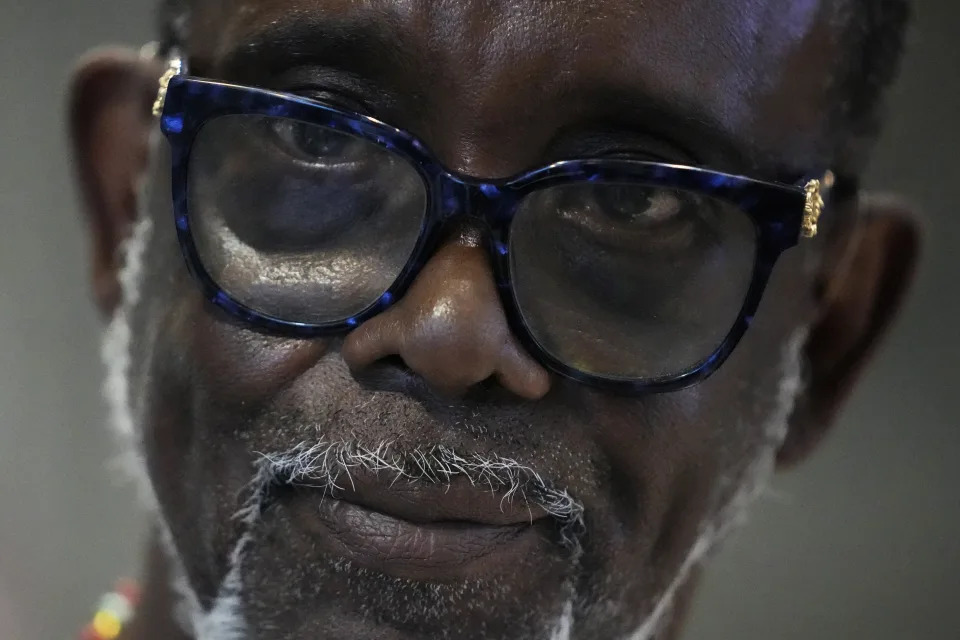Genocide in Gaza is a climate and environmental catastrophe
Islam Elhabil

A Palestinian child collects garbage to sell in Nuseirat refugee camp, central Gaza Strip, on 14 November. Yousef ZaanounActiveStills
Israel’s onslaught since October 2023 has made the densely populated territory of Gaza – only 25 miles long and six miles wide – unlivable.
Despite the profound environmental impact and the implications for global climate stability, the destruction of Gaza’s environment, ecosystems and food production systems has not been answered with international action.
Independent experts have defined ecocide as “unlawful or wanton acts committed with knowledge that there is a substantial likelihood of severe and either widespread or long-term damage to the environment being caused by those acts.”
From the start, Israel was honest about its goal: the destruction of Gaza.
Israel’s indiscriminate attacks and use of weapons with wide-area effects are aimed at causing as much damage as possible. This has led not only to significant civilian casualties but the annihilation of entire ecosystems.
Israel has destroyed or damaged all five of Gaza’s wastewater treatment facilities, “contaminating beaches and coastal waters, soils and potentially the groundwater,” according to a UN environmental assessment published in June. Untreated sewage released into the Mediterranean Sea pollutes the marine environment and coastal habitats. It also will likely cause harm to Gaza’s fishing industry – fish being a key source of food and fishing a traditional vocation in the territory, where rates of food insecurity and unemployment are catastrophically high.
“Marine pollution can impair the nutrition and quality of waters, thus restricting the growth of fishes and thus impact fish production and catches,” according to the UN assessment.
“Pollution can also impact food safety, as fish in the inshore areas (which are currently the only areas Palestinians can fish) can become contaminated,” the UN adds.
The Wadi Gaza wetlands, an internationally important refuge for migratory birds and other wildlife where ecological restoration was underway before October 2023, have been damaged by military operations and pollution, threatening its biodiversity. Some 25 to 50 percent of Wadi Gaza is believed to have been destroyed as of June, “and with it the ecosystem services it provides,” the UN states.
Additionally, freshwater sources like wells and groundwater reservoirs have been contaminated, affecting people’s access to safe drinking water and harming essential ecosystems reliant on these resources.
Contaminated debris, decomposing bodies
Israel’s attacks have resulted in the accumulation of more than 42 million metric tons of debris throughout Gaza, much of it likely contaminated with asbestos, unexploded ordnance and other toxic pollutants. Israel’s severe restrictions on the import of fuel and a lack of proper equipment have also hindered the recovery of thousands of decomposing bodies underneath the rubble, exacerbating the humanitarian and environmental crisis.
The collapse of solid waste management systems due to Israeli destruction has also led to the formation of approximately 225 makeshift waste disposal sites across Gaza, some stretching for hundreds of meters, as reported by the Dutch organization PAX in July this year. UNRWA, the UN agency for Palestine refugees, reported in June that more than 330,000 tons of solid waste had accumulated in populated areas of Gaza – enough to fill more than 150 football fields, according to PAX. These sites have become breeding grounds for pests, rodents and diseases among Gaza’s displaced population.
Satellite imagery analyzed by the BBC shows that more than half of Gaza’s water and sanitation facilities have been damaged or destroyed. Most wastewater treatment and desalination plants have ceased operations entirely, leading to the discharge of untreated sewage into the sea, streets and camps sheltering internally displaced people. This poses a severe threat of groundwater contamination, compounding the crisis of waterborne diseases, especially among vulnerable populations including children, women and people with chronic illnesses.
The agricultural sector has also been heavily targeted.
As of March, nearly half of Gaza’s tree crops – including olive groves – had been destroyed, as have nearly one-third of Gaza’s greenhouses, according to a report in The Guardian based on satellite imagery. Ninety percent of greenhouses in northern Gaza “were destroyed in the early stages of the ground invasion,” according to the UK research group Forensic Architecture.
A study by Samer Abdelnour and Nicholas Roy estimates that some 80,000 tons of carbon emissions are expected during the rubble removal process in Gaza. It would take around 3.3 million trees an entire year to absorb this amount of carbon dioxide, based on the average absorption rate of a single mature tree, which is about 22 kilograms of carbon dioxide (roughly .024 tons) annually.
This is on top of the carbon emissions from the continuous flow of heavy weapons from the United States to Israel during the past year of ecocide. Another study conservatively estimates that “the climate cost of the first 60 days of Israel’s military response was equivalent to burning at least 150,000 tons of coal,” The Guardian reports – almost half of those carbon dioxide emissions resulting from US shipments of supplies to Israel.
A 2022 study estimating global military emissions found that militaries account for almost 5.5 percent of carbon dioxide emissions annually.
“If the global militaries were a country, they would have the world’s fourth largest footprint, one larger than [the] whole of Russia,” the study states. “Only the nations of China, the US, and India would have larger carbon footprints.”
Carbon emissions associated with Israel’s genocide in Gaza are contributing to climate change, extreme weather events, rising sea levels and harmful effects on global ecosystems and human health, including air pollution, respiratory diseases and disruptions to food and water supplies.
Despite constant warnings of a climate emergency, there has been very little coverage of the catastrophic and long-term environmental consequences of Israel’s ongoing genocide in Gaza, or other wars around the world.
Israel has increased the budget for its Environmental Protection Ministry to fund projects aimed at reducing the environmental impact on itself while it inflicts immense damage on Gaza and the broader region.
Words versus action
There is a massive gap between global environmental rhetoric and the utter failure to address the environmental harm of military conflicts and hold belligerent violators to account.
We cannot claim progress is being made towards sustainability through annual gatherings, climate movements and global peace efforts so long as blatant violations of environmental laws are taking place with zero repercussions.
Global frameworks addressing the challenges facing humanity must ensure that the law applies to everyone without exception. This is the only way that societies will take critical environmental issues like microplastics, water and soil pollution seriously, let alone the devastating impact of war on the environment.
Israel’s military actions in Gaza have likely breached several legally binding international environmental treaties it has committed to, including the Paris Agreement, the Convention on Biological Diversity and the Mediterranean Action Plan under the Barcelona Convention.
The use of heavy artillery and explosives in densely populated areas releases greenhouse gases and toxins, undermining emissions reduction goals under the Paris Agreement. The destruction of farmland, wetlands and marine areas harms biodiversity, contradicting the Convention on Biological Diversity’s objective to protect ecosystems.
The bombing of Gaza’s wastewater treatment plants – resulting in untreated sewage flowing into the Mediterranean, polluting marine environments – breaches the Barcelona Convention’s commitment to protect Mediterranean waters.
Additionally, hazardous debris and contaminants, including asbestos and unexploded ordnance, remain unmanaged – contradicting the Basel Convention’s principles on safe waste disposal.
That convention, which Israel has ratified, does include an exemption from liability for parties in the event of armed conflict. While this provision addresses uncontrollable circumstances, it may also hinder accountability for hazardous waste management in conflict zones. Supplementary frameworks or revisions are needed to address the unique environmental challenges posed by armed conflict – as is plainly evident in Gaza.
Israel has brazenly violated the fundamental principles of international humanitarian law, also known as the laws of war, with very little consequence. And it has also flagrantly flouted its environmental legal obligations, with severe consequences for both local and regional ecosystems and global efforts to curb climate change.
The ongoing genocide in Gaza epitomizes the utter failure of global institutions and the lie of the rules-based order. The ongoing ecocide amid international silence has weakened the credibility of global environmental organizations, highlighting the persistent inability to enforce international laws and halt ecological destruction.
If humanity cannot tackle these challenges in tiny Gaza, what hope is there for the planet as a whole?
Islam Elhabil is a Malaysia-based microplastics specialist, PhD researcher and engineer specializing in engineering solutions for pressing global environmental issues.









